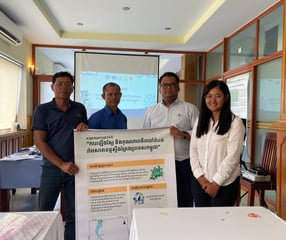Diagnostic Investigation of Water Eutrophication in Stung Treng Ramsar Site, Cambodia
AWARENESS
3 min read
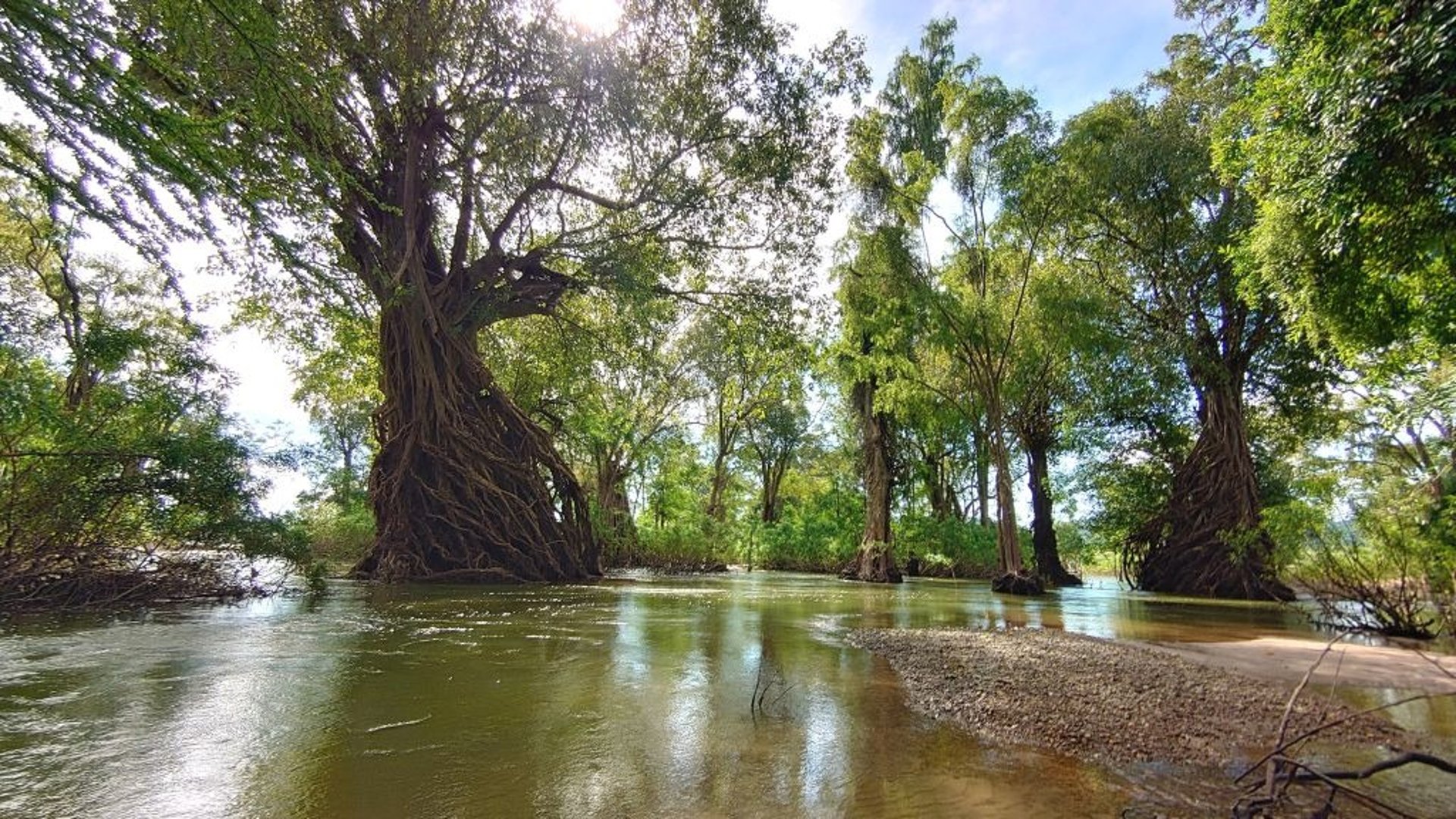
Project Background
The Stung Treng Ramsar site is home to a diverse array of wildlife, including mammals, birds, reptiles, fish, and various plant species. This site, part of the Mekong Wetland Biodiversity Conservation and Sustainable Use Program (MWBP), harbors four critically endangered species: the Irrawaddy dolphin, the Sarus crane, the Mekong giant catfish, and the Siamese crocodile.
Many villagers live along the Mekong River, relying on fisheries and forestry for food security and livelihoods. Recent development, including hydropower plants and agricultural land use, poses a threat to the site's ecological system.
To establish a baseline understanding of the area's hydrology, encompassing water quality and biological characteristics, to facilitate long-term ecological monitoring, inform effective conservation strategies, and enhance preparedness and response to local disasters.
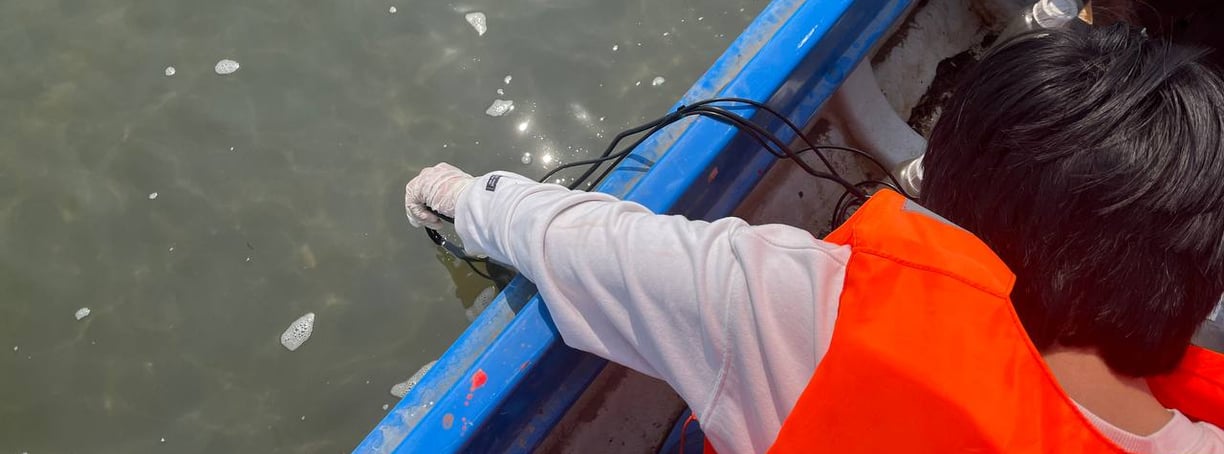

Objective
Scope of Work
To provides a framework for establishing a foundational understanding of the area's hydrology, ultimately contributing to more informed conservation efforts and improved resilience to local community.
Our Impacts
1. Enhanced Scientific Understanding of Algae Blooms: The research will provide a comprehensive scientific analysis of the algae bloom phenomenon in the Ramsar site.
2. Improved Knowledge of Water Quality: The study will generate valuable data on the water quality parameters within the Ramsar site.
3. Valuable Tool for Decision-Making on Local Development: The research findings will provide a valuable tool for local communities, government agencies, and other stakeholders involved in the management and development of the Ramsar site.
Project Activities
1. Project Orientation
Presenting overall information of the project to all stakeholders including proposal development, framework, training, roles, and responsibilities and conducting a partnership establishment that is specifically designed for planning the collaboration between the project team and community.
2. Community Training on Water Quality
Community team received two-day training of theory and practice of data collection by project team. The training was conducted for on survey and water sampling methodology, survey questionnaire designed, target groups of respondents, and thorough orientation on tools for data collection in partnership community.
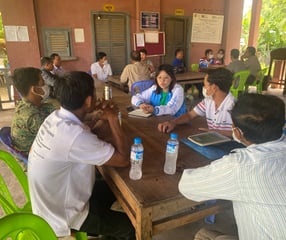

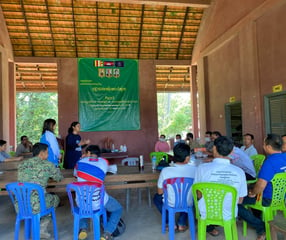

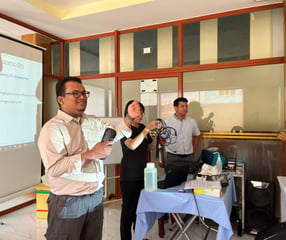

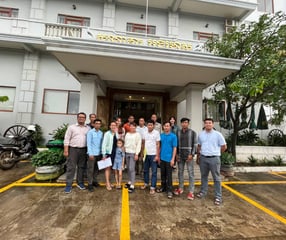

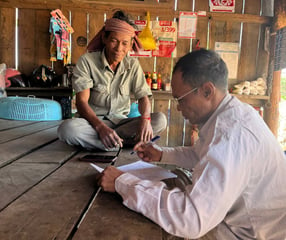

3.Field Questionnaire Survey
The questionnaire was commonly designed with various sections including (i) introduction, (ii) interview identification, (iii) respondent background, (iv) household sanitation practices, (v) observation of respondents on water eutrophication, (vi) perception of respondents on the cause of water eutrophication, and (vii) knowledge of respondents on water eutrophication.
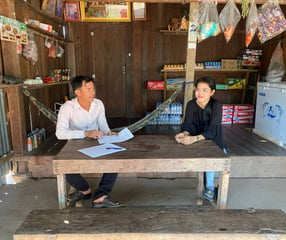

4.Samples Collection
Physical and chemical water quality parameters, i.e., pH, TDS, salinity, conductivity, and turbidity, was measured at the site using portable meters. Therefore, samples were transported from Ramsar Site to laboratory of Water Environment Laboratory (WE-Lab) of ITC for future analysis.
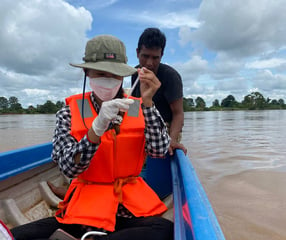

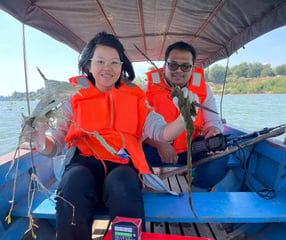

5.Data Analysis
Analytical methods used in this study may also include statistical difference tests, correlation tests, confirmatory, and exploratory analysis approaches. Moreover, various water quality parameters related to the water eutrophication process will be measured and analyzed to investigate the inter-correlation between water quality and eutrophication through algal blooming appearance.
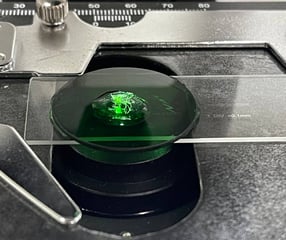

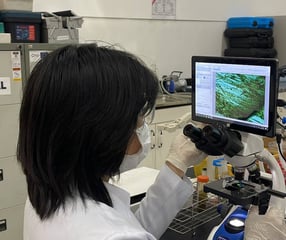

The data collected in a research project will be used, shared, and stored only in ways approved by all project participants and community members. The Research team published a result that can be presented to the public for the community to be a tool in communication with larger people into putting interest in Steung Treng Ramsar site
6.Result Dissemination


